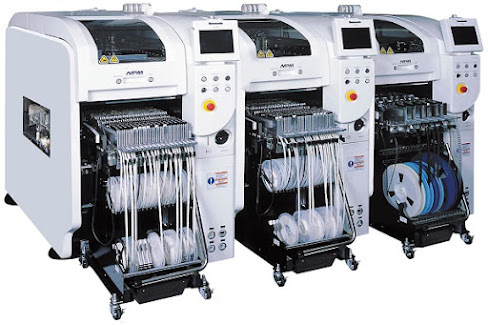In the realm of automated manufacturing, pick and place machines have become indispensable for their efficiency and precision in moving components from one location to another. Central to the advancement of these machines is the integration of vision systems, a technology that has fundamentally transformed their capabilities. Vision systems enable pick and place machines to accurately identify, sort, and place parts at high speeds, making them a cornerstone of modern manufacturing processes, especially in industries requiring meticulous assembly such as electronics, pharmaceuticals, and food packaging.
Understanding Vision Systems
Vision systems in pick and place machines consist of cameras, image processing software, and sometimes, artificial intelligence algorithms. These components work together to capture and analyze visual data in real time, allowing the machine to make informed decisions about how to manipulate objects. The cameras capture images of the objects to be picked, which are then analyzed by software to determine their size, shape, orientation, and position. This information is crucial for guiding the machine's actuators to precisely pick and place items at designated locations.
Enhancing Precision and Flexibility
One of the most significant benefits of vision systems is their ability to enhance the precision of pick and place operations. Traditional machines relied on manual adjustments and preset programming, limiting their flexibility and accuracy. Vision systems, however, enable machines to adapt to variations in the objects they handle without the need for manual reconfiguration. This adaptability is particularly important in industries like electronics, where components can be incredibly small and tolerances are measured in micrometers. The ability to quickly adjust to different parts sizes, shapes, and configurations in real-time significantly reduces downtime and increases overall production efficiency.
Enabling Complex Assembly Tasks
As products become more complex, the role of vision systems in facilitating intricate assembly tasks becomes increasingly crucial. In the electronics industry, for example, assembling a circuit board involves placing various components—resistors, capacitors, and integrated circuits—accurately. Vision systems allow pick and place machines to recognize these different components, determine their orientation, and place them correctly, ensuring the functionality of the final product. This capability is essential for meeting the high standards of quality and reliability required in today’s consumer electronics.
Improving Speed and Throughput
The integration of vision systems has also led to significant improvements in the speed and throughput of pick and place machines. By rapidly processing visual information, these systems enable machines to pick and place components at speeds previously unattainable. High-speed cameras and advanced image processing algorithms minimize the time spent on identifying and orienting parts, allowing for faster production cycles. This increase in speed does not come at the expense of accuracy, as vision systems maintain precise control over the placement of each component, ensuring high-quality assembly even at elevated production rates.
Facing Challenges and Future Directions
Despite their advantages, the implementation of vision systems in pick and place machines is not without challenges. High-quality vision systems can be expensive, potentially increasing the initial investment costs. Additionally, the complexity of programming and maintaining these systems requires skilled personnel. However, ongoing advancements in camera technology, machine learning, and software development are making vision systems more accessible and user-friendly.
Looking ahead, the role of vision systems in pick and place machines is set to expand further. With the advent of artificial intelligence and machine learning, vision systems will become even more sophisticated, enabling machines to learn from experience and improve their performance over time. This continuous improvement will open new possibilities for automated manufacturing, allowing for even greater flexibility, speed, and precision in assembly processes.
Conclusion
The integration of vision systems into pick and place machines represents a significant leap forward in the capabilities of automated manufacturing equipment. By enhancing precision, enabling complex assembly tasks, and improving speed and throughput, vision systems have solidified their position as a critical component of modern pick and place machines. As technology continues to evolve, the future of manufacturing looks increasingly intelligent and efficient, with vision systems playing a pivotal role in this transformation.

Comments
Post a Comment